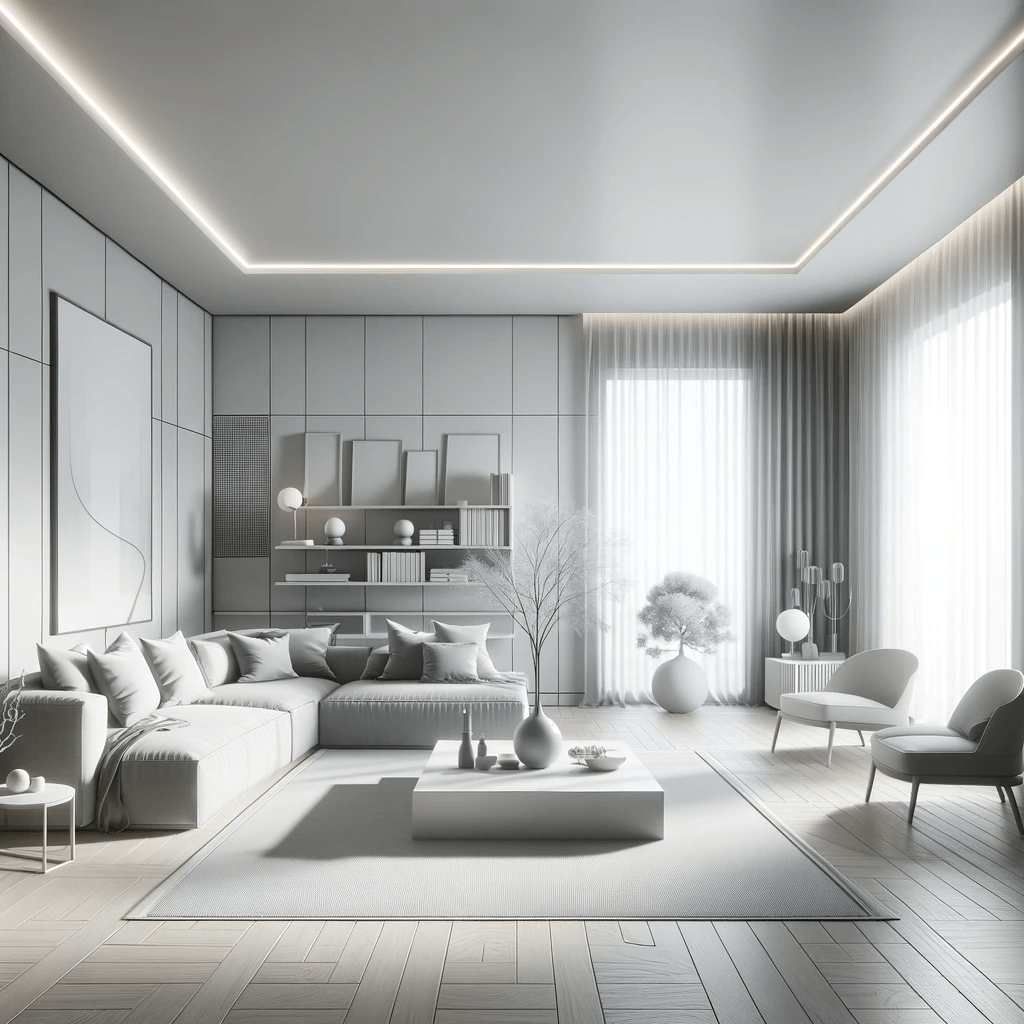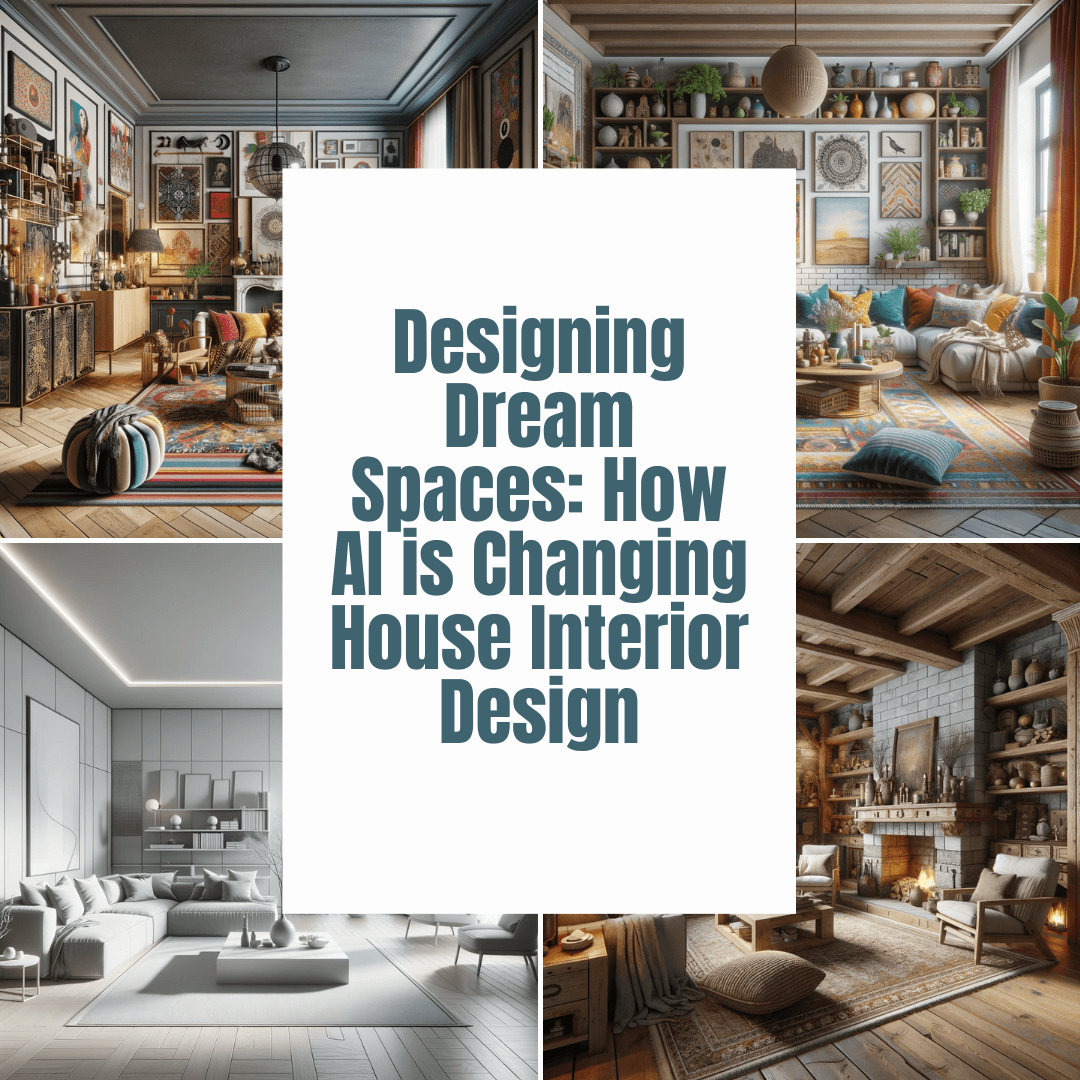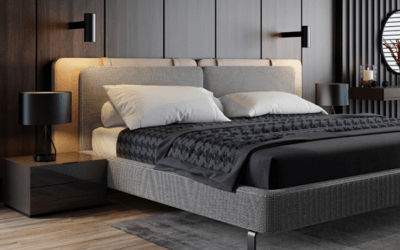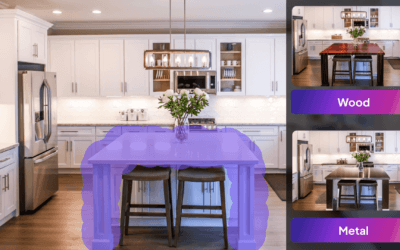In the dynamic world of home decor, Artificial Intelligence (AI) is emerging as a transformative force in house interior design. This technology is reshaping the traditional approach to designing living spaces, offering innovative solutions that cater to the evolving needs and preferences of homeowners. AI in interior design is not just about automation; it’s about enabling smarter, more efficient, and highly personalized design experiences. This article explores the evolution of AI in interior design, its role in customization, the advantages it offers, and showcases how it can bring diverse living room styles to life.
The Evolution of AI in Interior Design
Traditionally, interior design was a process that relied heavily on manual effort, personal consultations, and the expertise of professional designers. Homeowners would often browse through magazines or visit showrooms for inspiration, and then work with interior designers to translate these ideas into reality. This approach, while effective, was time-consuming and often limited to those who could afford professional design services.
The advent of AI has dramatically changed this landscape. Today, AI-powered tools are accessible to a broader audience, allowing homeowners to explore and experiment with interior design from the comfort of their homes. These tools use algorithms to suggest design options, create 3D models, and even simulate how a room would look in different lighting conditions. This shift to AI-enhanced tools has made interior design more accessible, efficient, and customizable, bridging the gap between professional design services and DIY enthusiasts.
Customization with AI in Interior Design
AI tools are transforming interior design by allowing homeowners to customize and visualize their spaces in ways previously unimaginable. With these tools, it’s now possible to reimagine an existing room without any physical alterations. Homeowners can experiment virtually with various design elements, from rearranging furniture to changing wall colors, all within a digital space. This process offers a risk-free way to explore different styles and aesthetics.
These AI platforms serve as a rich source of inspiration, showcasing a wide range of interior design themes. Users can easily switch between modern, minimalist, bohemian, or rustic styles to see how each transforms their space. This flexibility is key in helping homeowners find the style that resonates most with their personal taste.
Moreover, AI in interior design isn’t just about trying out single styles; it allows for the blending of different aesthetics to create a unique, personalized look. This feature is especially appealing to those who prefer an eclectic approach or want to merge elements from various design schools.
The Continuous Evolution of AI Tools in Interior Design
As the field of interior design embraces the digital age, AI tools are continuously evolving, introducing new features that further enhance the design experience. These advancements are not just about refining existing capabilities but also about innovating and expanding the possibilities of home design.
Among the various AI design tools available, HomeDesigns AI stands out for its comprehensive approach to home design. This platform is not limited to interior design; it extends its capabilities to exterior and garden design, offering a holistic approach to home aesthetics.
To showcase the capabilities of AI in interior design, here are a few examples of living rooms designed with the help of AI:
Minimalist Style

This living room features a minimalist design, characterized by clean lines, a monochromatic color palette, and a clutter-free space that emphasizes simplicity and functionality.
Eclectic Style
An eclectic living room that combines various design elements and textures. This style is marked by a mix of patterns, bold color choices, and a blend of modern and vintage furniture, creating a unique and personalized space.
Contemporary Style
A contemporary living room design that focuses on sleek and sophisticated aesthetics. It typically includes modern furniture, neutral colors with bold accents, and an emphasis on open and airy spaces.
Bohemian Style
This living room embraces the bohemian style, featuring a relaxed and artistic atmosphere. It’s characterized by vibrant colors, diverse textures, and an assortment of plants and cultural artifacts, creating a warm and inviting space.
Rustic Style
A rustic-style living room that brings a sense of coziness and warmth. It often includes natural elements like wood and stone, earthy tones, and comfortable, plush furniture, evoking a charming, countryside feel.
Wrapping UP
As AI for house interior design continues to evolve, it opens up new possibilities for creative expression in home decor, allowing individuals to craft spaces that truly reflect their personal style and needs.











